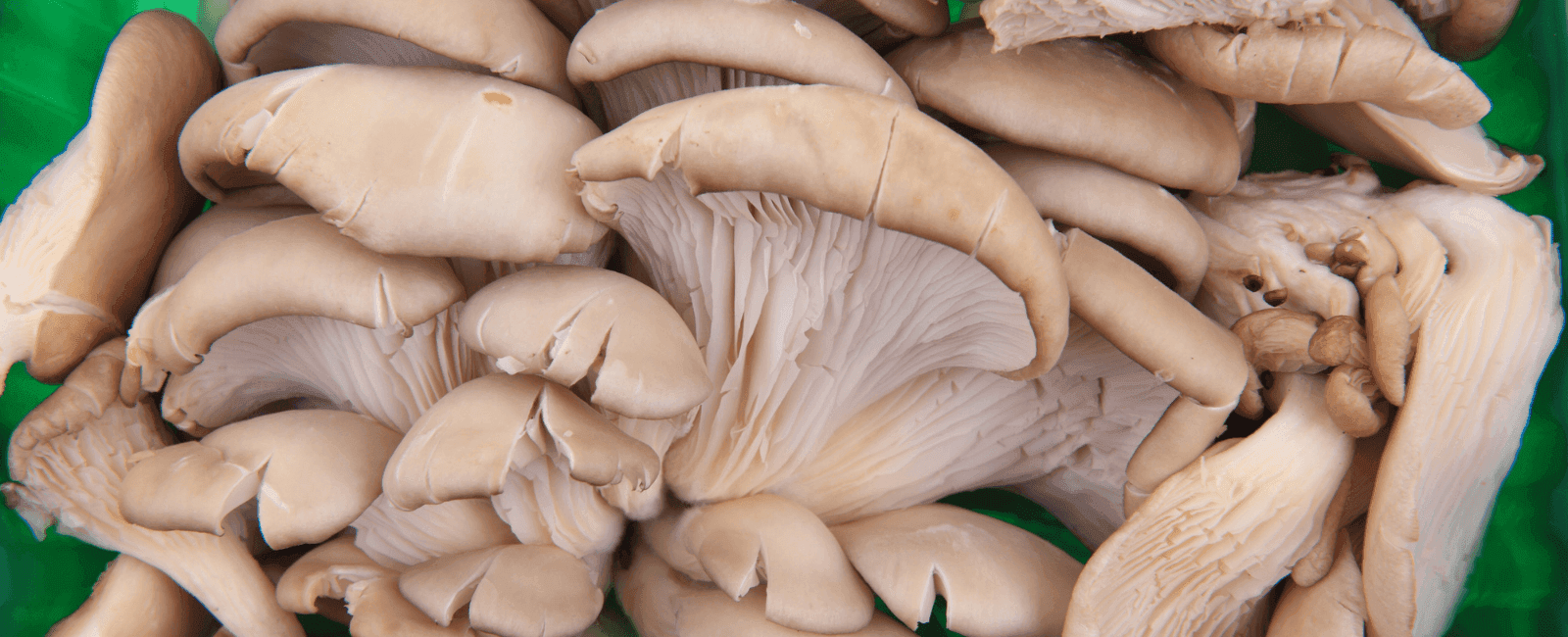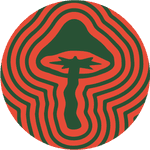

Did you know that most of our gut bacteria belong in the large intestine (aka colon), while the small intestine is mostly reserved for digestion and nutrient absorption? Small intestine bacterial overgrowth (SIBO) happens when bacteria from the large intestine leak into the small intestine, causing symptoms such as bloating, diarrhea, weight loss, and malnutrition. In addition to these physical symptoms, studies increasingly show that what happens in the gut impacts our brain, too. Consequently, people with SIBO may also experience mental health disturbances such as brain fog and anxiety.
Diagnosing and treating SIBO
Currently, the best method for establishing a SIBO diagnosis is through a breath test or a small intestine aspirate to obtain a fluid culture. Doctors place a long, flexible tube (endoscope) down the throat and into the upper digestive tract to reach the small intestine. Then, a sample of intestinal fluid is collected for laboratory testing.
Some risk factors for developing SIBO include celiac disease or non-celiac gluten sensitivity (NCGS), diabetes, and a suppressed immune system.
Generally, doctors’ first line of treatment for SIBO is to find the root cause. For instance, some people develop a postoperative loop, blockage, or fistula in response to abdominal surgery that may need to be corrected. When that is not an option, standard treatment focuses on correcting nutritional deficiencies with supplementation and eliminating bacterial overgrowth using antibiotics. Unfortunately, antibiotics stamp out both beneficial and harmful intestinal bacteria, which could ultimately exacerbate the problem.
Overlapping commonalities between IBS and SIBO
Irritable bowel syndrome (IBS) is similar to SIBO, but it affects the large intestine instead. Experts believe that some people have nerves in their gastrointestinal tract that are overactive and hypersensitive to certain trigger foods and stress. Some other causes of IBS may include an altered gut microbiome caused by bacterial, fungal, or viral infection. IBS shares many of the same symptoms as SIBO, and there is some overlap between the two conditions (1). For example, in one small study of fifty children diagnosed with IBS, sixty-six percent were also found to have SIBO (2).
There is no single established test for IBS diagnosis. Instead, doctors may take a complete medical history and test for conditions like celiac disease, inflammatory bowel disease (IBD), and lactose intolerance. Once those have all been ruled out, anyone who fits into the following categories may be diagnosed with IBS:
- Experienced abdominal pain or discomfort for a minimum of one day a week for the last three months.
- Experienced two or more of these symptoms: painful or uncomfortable defecation, change in frequency of bowel movements, or an altered stool consistency
Treatment for IBS emphasizes managing symptoms and stress. This could include medications, as well as dietary changes that eliminate trigger foods. These foods can vary from person to person and generally include greasy, high carbohydrate, fried, and spicy foods.
Some common foods that people with both conditions try to avoid are dairy, gluten (found in wheat, barley, rye, and triticale), beans and legumes, and certain vegetables like onions, garlic, artichokes, cabbage, and cauliflower. While people with celiac disease must avoid gluten for a lifetime, studies show individuals with non-celiac gluten sensitivity can also benefit greatly from abstaining from gluten (3).
Symptoms for both SIBO and IBS can vary from mild to severe and may manifest as urgent visits to the bathroom and frequent belching. Some find that their symptoms can get in the way of seemingly routine social activities like going to a restaurant with friends or taking a vacation.
Using the low FODMAP diet for intestinal disorders
One alternative to medications that dietitians and holistic practitioners recommend is the low FODMAP diet. FODMAP is an acronym for a class of carbohydrates fermented by intestinal gut bacteria. These prebiotic and fiber-rich plant foods have many health benefits for people with a healthy digestive system. However, the same foods in people with SIBO or IBS can worsen symptoms by creating a bottleneck of fermented food and waste products in the gut, feeding bacterial overgrowth. The letters in FODMAP stand for fermentable oligosaccharides, disaccharides, monosaccharides, and polyols.
Oligosaccharides are typically found in some grains, fruits, vegetables, nuts, and legumes rich in fructans or chains of galactose sugars. Disaccharides are comprised of lactose and include most dairy foods, with the exception of yogurt in some cases. Monosaccharides are made up of foods high in fructose, such as dried fruits, certain vegetables like tomatoes and broccoli, and added sweeteners like honey, agave, and high-fructose corn syrup. Finally, polyols are sugar alcohols that are naturally high in some fruits and vegetables and any products that contain added sweeteners ending in the letters -ol, such as xylitol.
Are mushrooms FODMAP friendly?
The vast majority of mushrooms contain mannitol, and some also contain fructans or sorbitol — making them not so FODMAP friendly. Most experts agree that oyster mushrooms are a rare exception. With over forty types of oyster mushrooms to choose from, there is plenty of room to mix and match. Most have a mildly sweet flavor profile reminiscent of seafood and are a delicious addition to omelets, soups, and gluten-free pasta dishes. Oyster mushrooms still come packed with much of the same benefits that make mushrooms such a superfood. They are high in antioxidants, support a healthy gut and immune system, and regulate cholesterol, blood sugar, and blood pressure. Oyster mushrooms are also flush with the B vitamins niacin and pantothenic acid, which help our bodies convert the foods we eat into energy. Per the prestigious Monash University in Australia, certain other mushrooms in limited serving sizes may also be a low FODMAP food option for some people:
- Champignon mushrooms - up to half a cup
- Dried porcini mushrooms - up to a quarter cup
- Button mushrooms, portobello mushrooms, enoki mushrooms, and dried shiitake mushrooms are not FODMAP friendly, regardless of serving size.
Check out our 14 recipes using pink oyster mushrooms!
What about medicinal mushrooms for people with SIBO or IBS? Turkey tail mushroom is not only a safe addition to your wellness routine, but its anti-inflammatory properties can calm an aggravated digestive system while supporting gut health through its modulation of intestinal bacteria.
Incorporating fiber into a low FODMAP diet
Getting enough fiber in a low FODMAPS diet can take a little extra planning. The recommended daily allowance of fiber for US women and men is 25g and 38g, respectively, and most Americans average just 16g. For those with SIBO or IBS, the need to avoid trigger foods like gluten and certain fruits and vegetables can sometimes cause constipation and abdominal pain because many high FODMAP foods also happen to be high in fiber. The following habits recommended by Monash University can be helpful for staying regular on a low FODMAP diet:
- Seek out a variety of low FODMAP foods, including fruits, vegetables, nuts and seeds, and beans in appropriate serving sizes
- Create a relaxed toilet routine (i.e. allowing yourself enough time to “sit” and read a book)
- Drink plenty of water (about eight glasses a day)
- Get physical exercise; moving your body will help move your bowels too
It is well worth exploring the low FODMAP diet, considering that research shows up to eighty-six percent of those with SIBO and IBS see a marked improvement in their symptoms when avoiding FODMAP foods. Since people on this diet have to pay closer attention to the foods they eat, they may wind up getting even more fiber than the average person with a bit of practice. If you are experiencing symptoms of SIBO or IBS, incorporating the specified low FODMAP mushrooms into your diet can expand your list of safe foods. Plus, they can boost your nutrient, protein, and fiber intake, making them a great addition to your diet!
For a list of low FODMAP foods that are also high in fiber, click here.
References
- Ghoshal, Uday C., Ratnakar Shukla, and Ujjala Ghoshal. 2017. “Small Intestinal Bacterial Overgrowth and Irritable Bowel Syndrome: A Bridge between Functional Organic Dichotomy.” Gut and Liver 11 (2): 196–208. https://doi.org/10.5009%2Fgnl16126
- Avelar Rodriguez, David, Paul MacDaragh Ryan, Erick Manuel Toro Monjaraz, Jaime Alfonso Ramirez Mayans, and Eamonn Martin Quigley. 2019. “Small Intestinal Bacterial Overgrowth in Children: A State-Of-The-Art Review.” Frontiers in Pediatrics 7 (September). https://doi.org/10.3389/fped.2019.00363.
- Makharia, Archita, Carlo Catassi, and Govind Makharia. 2015. “The Overlap between Irritable Bowel Syndrome and Non-Celiac Gluten Sensitivity: A Clinical Dilemma.” Nutrients 7 (12): 10417–26. https://doi.org/10.3390/nu7125541.


